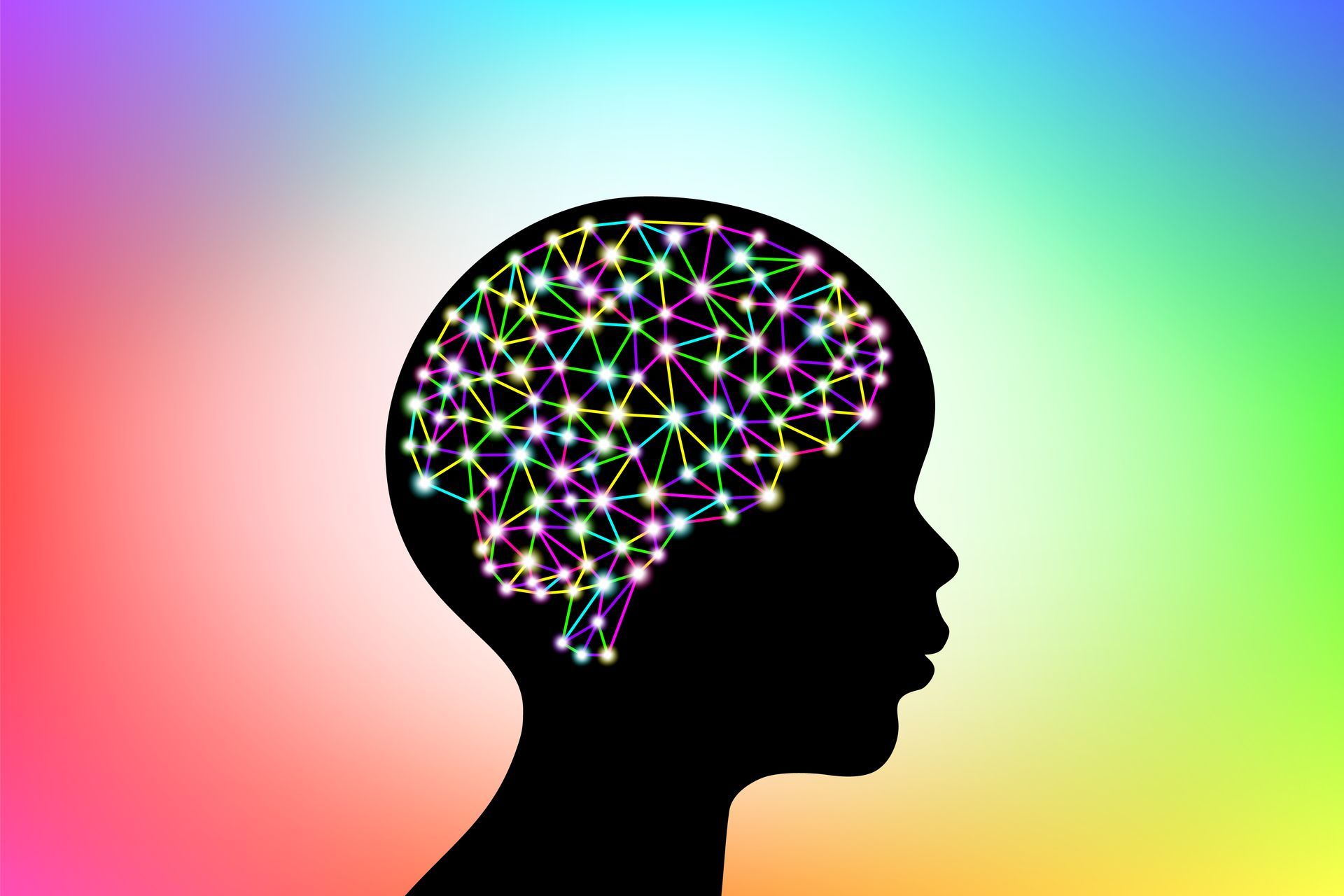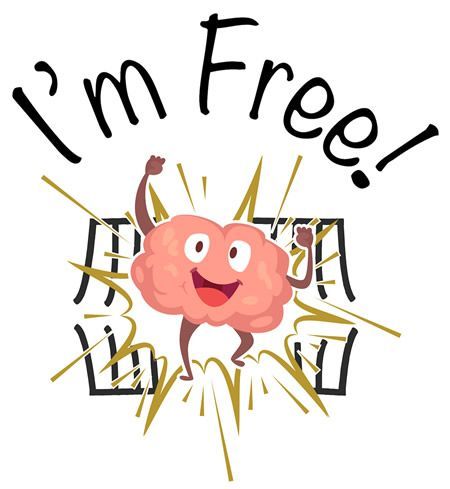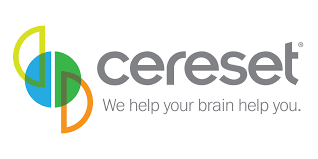Non Pharmaceutical
Depression Approaches
916-965-6558
Serving the Sacramento Region
FREE SeminarsFree Non-pharmaceiutical tools for decreasing depression
Belly Breathing
video brief & focused
good for corp market
Adjust thinking - 70% of thoughts negative.
Start my day with positive thoughts
Find items in my envirornment that I can develop into positive triggers to take an
- action - Smile, nod, wink,
- thought - word - positive emotions, moods
How Trauma works
Trauma is often an underlying factor / co-conspiritor in depression. Understanding trauma helps us understand how we move out of depression
Trauma is how our nervous system responds to the events rather than the events themselves.
To protect us from future traumatic events, our brain and body store "protective" patterns in our minds and bodies as throughts and behaviors. We observe these in others and experience them ourselves as "stuck" patterns that replay and "knee jerk" responses that trigger faster than we can choose an alternative.
Healing from trauma occurs when we release these patterns and choose alternate thoughts and behaviors more in allignment with who we are becomming rather than who we were.
Patterns can be released by working with trained talk therapists. They can also be released through work directly where they are stored and used in the body and the brain. At HOPE we use tools that address the patterns where they live in the body and brain.
We service Northern California from our Sacramento office in Fair Oaks, California
How Long does it take?
Trauma is stored and experienced in our neurological system. Science has studied this and found that while we may feel that we have replaced one behavior with another more quickly, it generally takes from 21 to 90 days (average 66) of consistently choosing a new behavior and not using the old behavior for the new neural pathways to become strong enough to become the preferred pathway.
It is in the consistent repitition during that time the new pathway is built, strengthened and "hardened" to become the preferred pathway. It is also during this time that the brain begins to diminish the strength of the old pathway by pruning it's neural connections.
One factor in the length of time is stress. It is observed that as stress levels rise especially stress levels related to the original trauma, the likelyhood of triggering the old pathway increases - even years later. So, reducing stress during the integration of the new pathway is a critical component of speed and success.
- Muscles
- Bones
- Brain
- Scar tissue
- Activity







